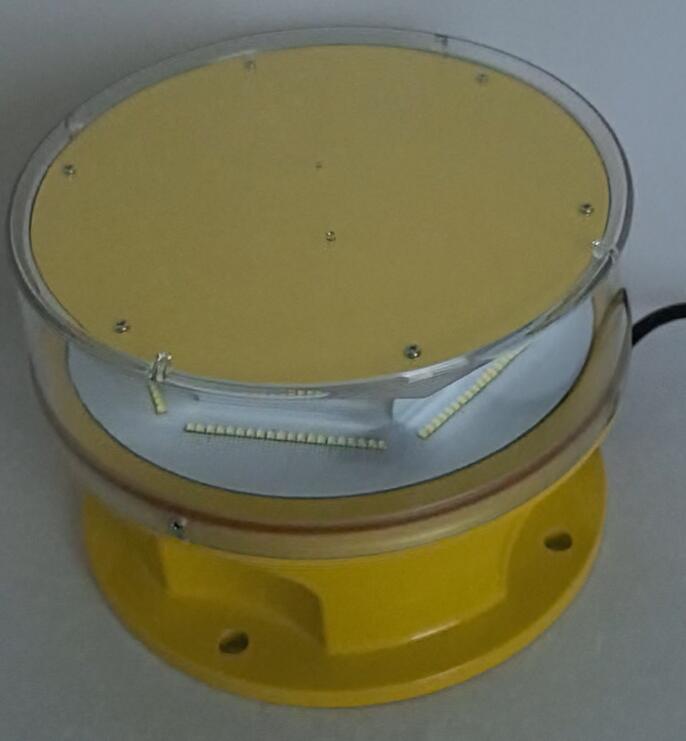Posted: 2025-05-16
As air traffic continues to break records, FAA warning lights serve as silent sentinels protecting aircraft from ground-based hazards. These specialized lighting systems, regulated by the Federal Aviation Administration, form a critical network that safeguards both civil and military aviation operations across the United States. From urban skyscrapers to remote communication towers, FAA warning lights create a visible language that pilots instinctively understand. This article explores the sophisticated technology, stringent regulations, and innovative applications that make these lights indispensable in modern aviation safety.
The Science Behind FAA Warning Lights
Optical Engineering Excellence
Modern FAA warning lights incorporate cutting-edge optical designs:
Precision-engineered Fresnel lenses for maximum light projection
Computer-optimized beam patterns ensuring 360° coverage
Spectral filters producing exact chromaticity coordinates
Advanced Light Source Technologies
The evolution from incandescent to LED has revolutionized performance:
90% energy reduction compared to traditional systems
50,000+ hour operational lifespan

Instant full-intensity illumination critical for emergency situations
| FAA Warning Lights |
Regulatory Framework and Compliance
The FAA Lighting Classification System
The FAA categorizes warning lights by intensity and application:
Type Designation Typical Use
L-810 Low-intensity red Structures <200ft
L-864 Medium-intensity red Obstacles 200-500ft
L-865 Medium-intensity white Daytime marking
L-856 High-intensity white Critical obstacles
Compliance Verification Process
Manufacturers must undergo rigorous testing:
Photometric performance validation
Environmental stress testing (-40°F to +160°F)
| FAA Warning Light |
Vibration and impact resistance certification
Water immersion and corrosion testing
Specialized Applications
Urban High-Rise Lighting Solutions
Architectural integration techniques
Light pollution mitigation strategies
Synchronized flash patterns across building clusters
Remote Area Installations
Solar-powered autonomous systems
Satellite-connected monitoring
Wildlife-deterrent designs
Temporary Hazard Marking
Rapid-deployment systems for construction
Mobile tower lighting configurations
Emergency disaster response setups
Technological Innovations
Smart Lighting Systems
IoT-enabled performance monitoring
Predictive maintenance algorithms
Automated fault reporting via cellular networks
Adaptive Lighting Technology
Radar-triggered activation
Weather-dependent intensity adjustment
Aircraft proximity-based flash patterns
Sustainable Solutions
Solar-hybrid power systems
Recyclable component designs
Energy-harvesting technologies
Installation and Maintenance Best Practices
Strategic Placement Guidelines
Height-optimized positioning
Obstruction-free sight lines
Terrain-adaptive mounting
Preventative Maintenance Protocols
Quarterly photometric verification
Annual structural integrity checks
Biannual electrical system inspections
Future Development Trends
Next-Generation Technologies
LiDAR-enhanced detection systems
AI-powered air traffic prediction
Holographic obstruction displays
Regulatory Evolution
Dynamic lighting standards
Drone corridor integration
Space traffic management
FAA warning lights represent a perfect synergy of regulatory foresight and technological innovation, continuously evolving to meet the challenges of increasingly crowded airspace. As urban landscapes grow vertically and air traffic patterns become more complex, these vital safety systems will incorporate smarter, more responsive technologies while maintaining uncompromising reliability. The future of aviation safety lighting lies in adaptive systems that communicate directly with aircraft while minimizing environmental impact—ensuring that FAA warning lights remain effective guardians of the skies for generations to come.